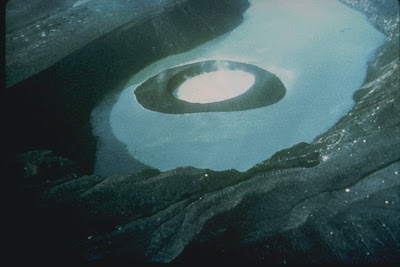What should you pay attention to when traveling to the Volcano especially Taal Volcano
Volcanic hazardsThe whole region surrounding Taal is at considerable volcanic risk. Taal Volcano is situated in a highly populated and rapidly growing agricultural and industrial region. Five towns are located around the lakeshore and 2 cities and 8 more towns are lined up along the caldera rim. Two large power stations are located 15 km and 17 km, respectively, from Taal Lake.
The geologic setting of Taal, and the variability of eruption sites and magnitudes, generates a diverse range of volcanic hazards, such as base surges, lava flows, ballistic fallout, ash and scoria fallout, toxic gases, acidic flashes from crater lake, lake tsunamis and seiches, lakeshore flooding, earthquakes, ground fissuring and subsidence, landslides and sectorial collapse, turbulent ash flows, and lahars.
Base surges were first documented during an eruption at Taal in 1965 (Moore et al., 1966). This particular hazard is the notorious cause of deaths and destructions both on Volcano Island and in lakeshore areas as surges can propagate over the lake without significant reduction in force.
Base surge eruptions in 1911 and 1965 blasted the villages to the west of the vent at Volcano Island, travelling 3 km across Lake Taal. In contrast, the Taal lava flows erupted in 1968 and 1969 were confined within the embayment created by the 1965 eruption in the SW flank of Volcano Island and, apparently, did not pose a significant threat at that time. However, lava flows could be a serious hazard at Taal if erupted from a lakeshore vent and accompanied by violent hydro volcanic explosions resulting from lava-lake water interaction. The presence of a scoria cone at Boot, located east of Volcano Island, also suggests that eruptions along lakeshore areas are highly probable, although without historical precedence.
Although the volcano has been quiet since 1977, it has shown signs of unrest since 1991, with strong seismic activity and ground fracturing events, as well as the formation of small mud pots and mud geysers on parts of the island.
Some view from Taal Volcano
If you have the time to travel, especially to the Philippines, you can take a time to visit the Taal Volcano
Thank you for Visiting My Blog





+in+Myanmar+Intro.jpg)


0 comments:
Post a Comment